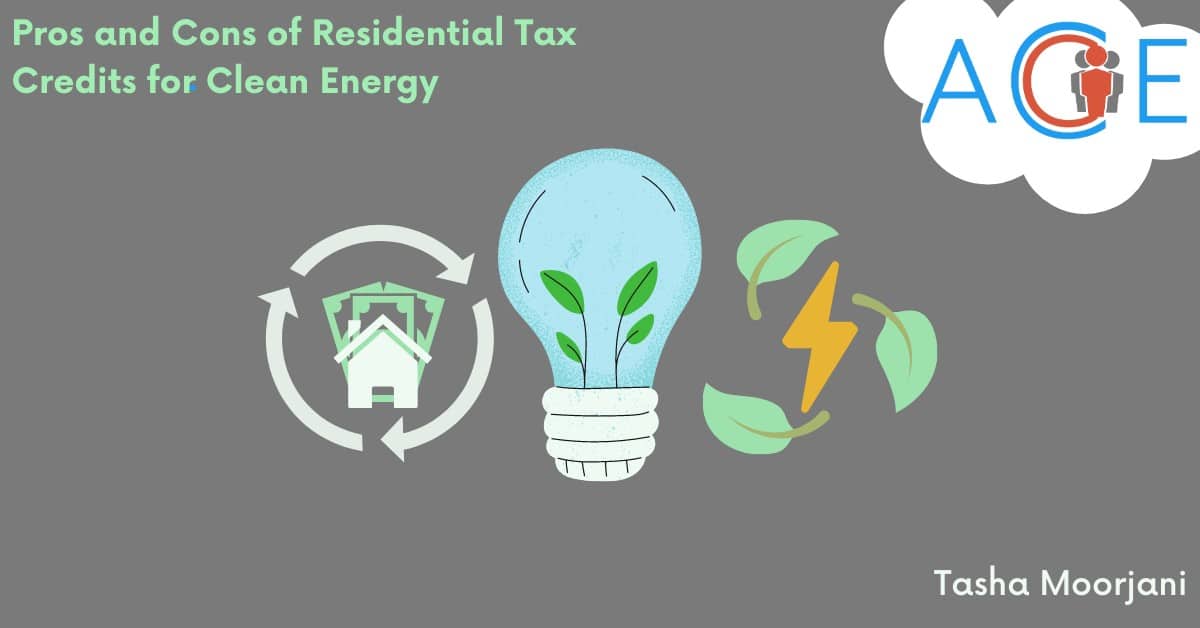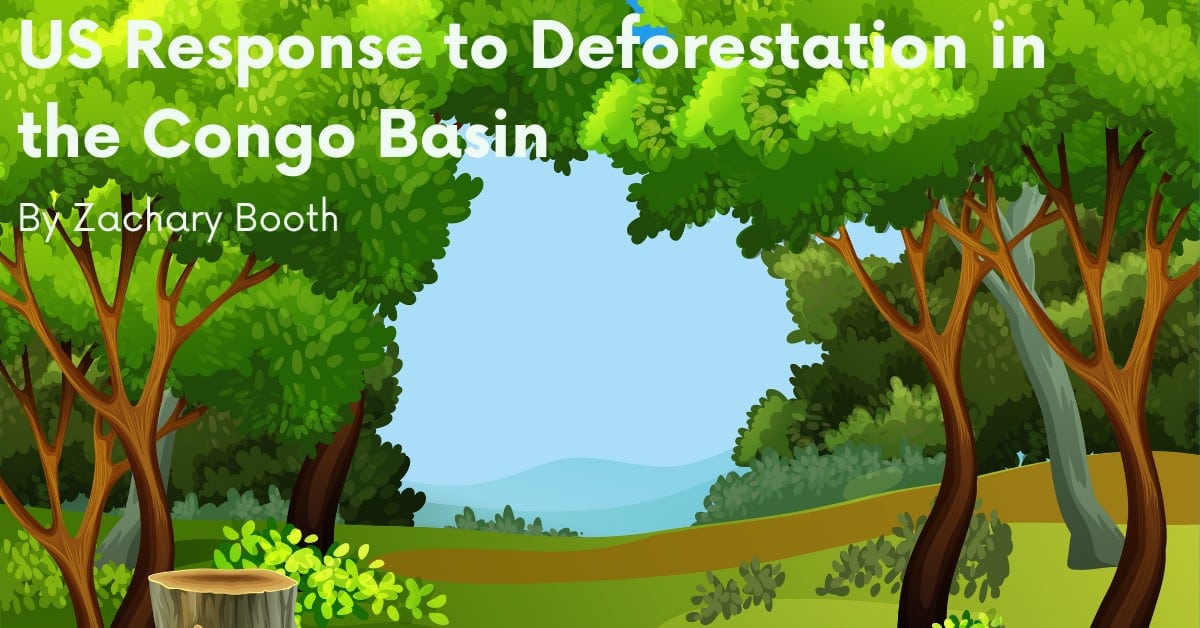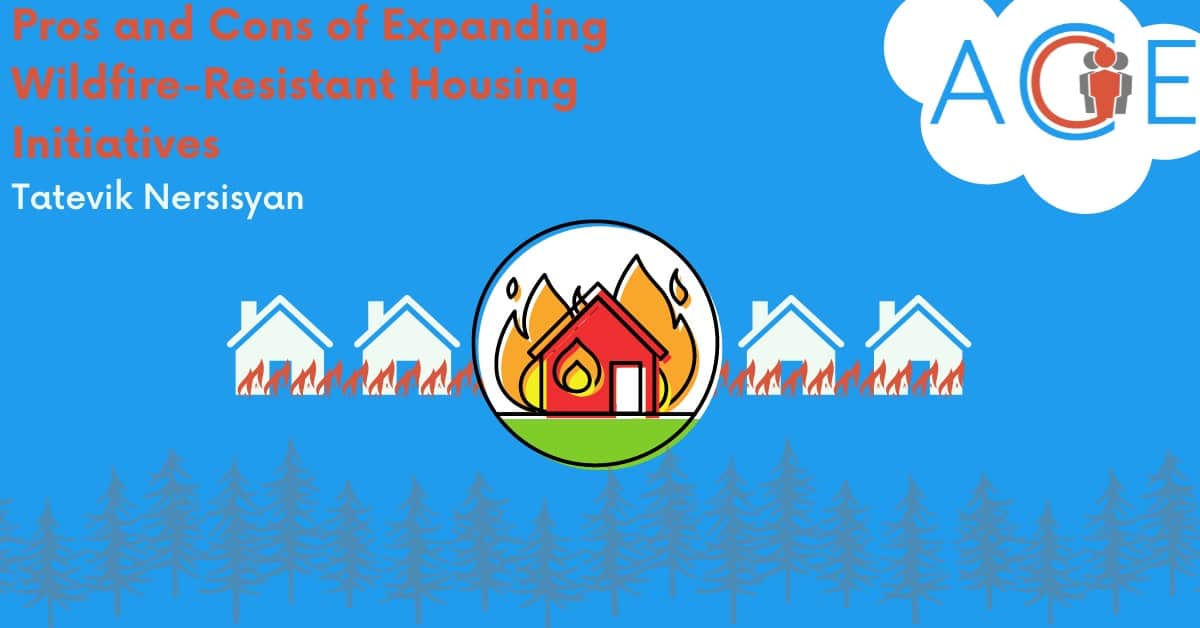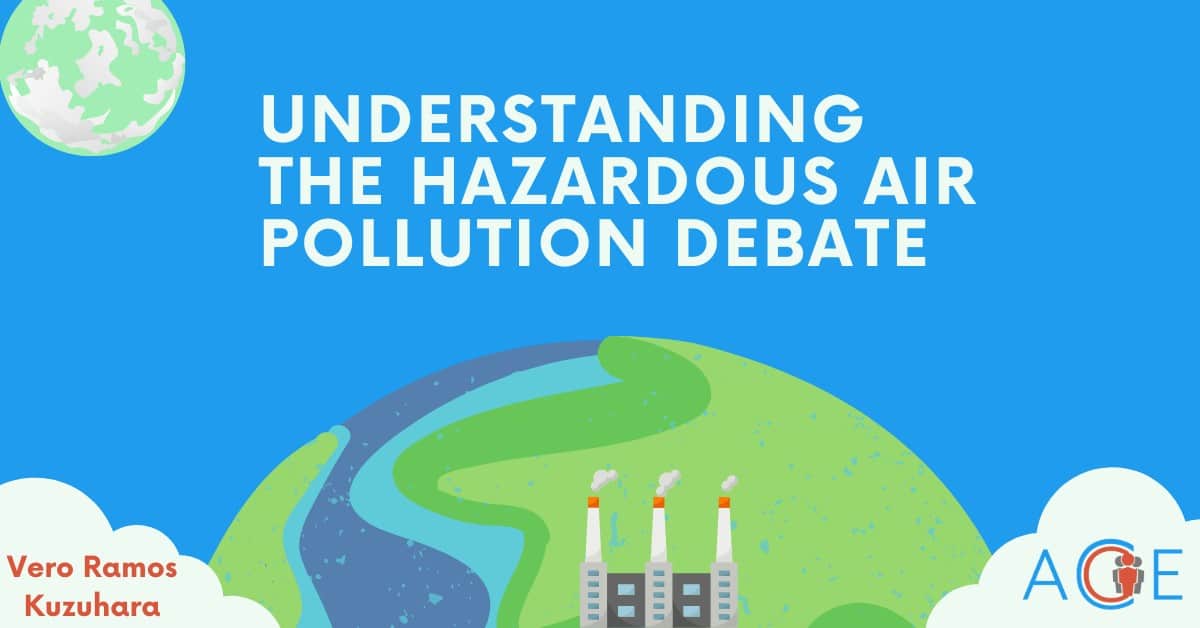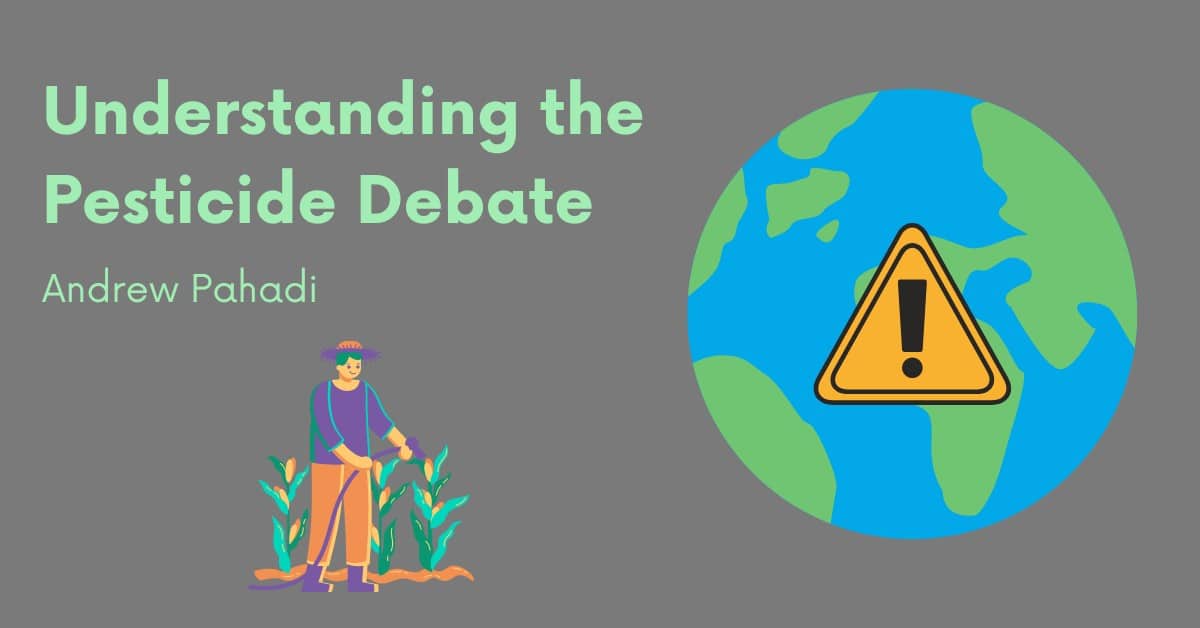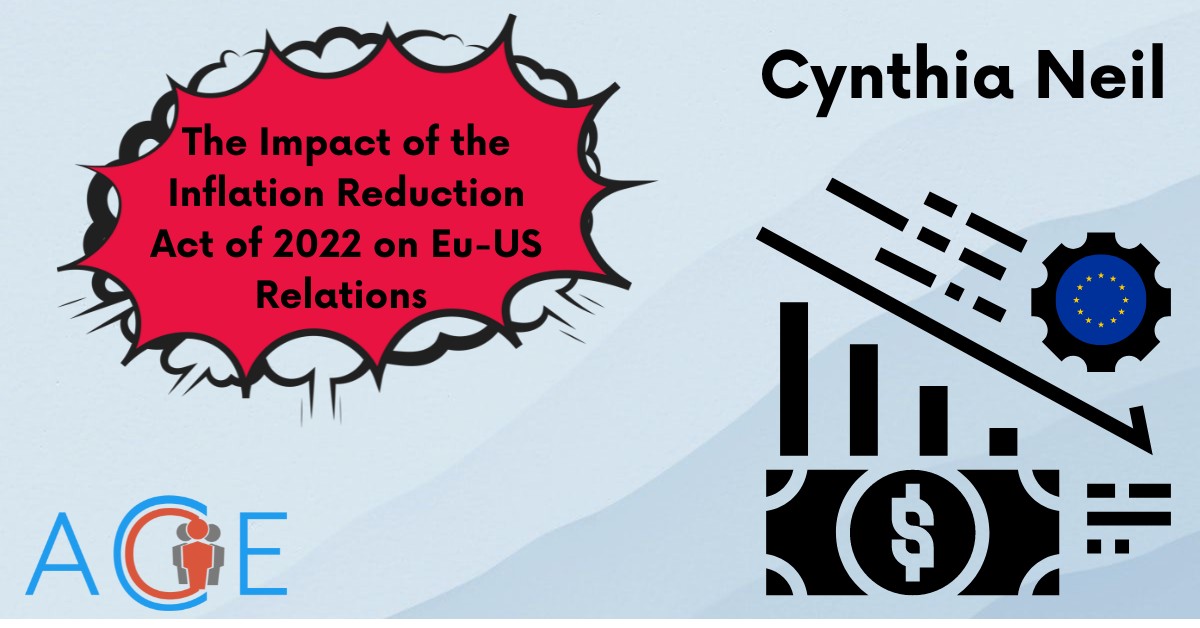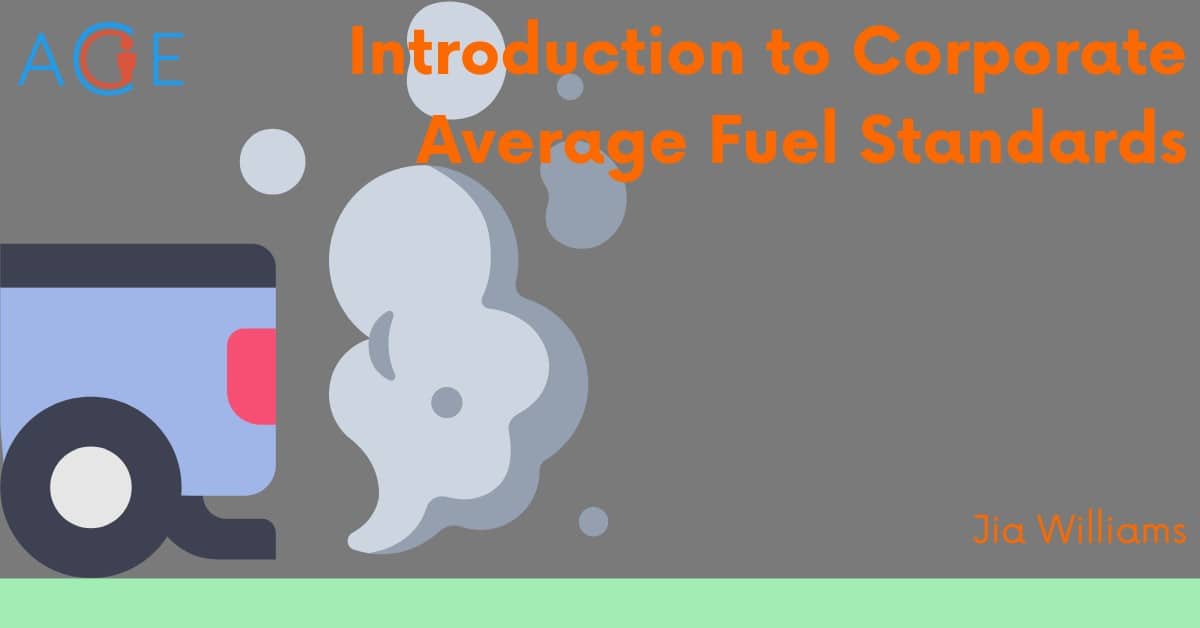Background
Hazardous air pollution (HAP) is the contamination of the air by toxic pollutants that can cause serious health effects at high levels of concentration or exposure. While some release of HAPs can occur naturally, such as from forest fires, most comes from human activity and man-made sources. The largest sources are called stationary sources. These are mostly industry-related, consisting of fossil fuel-based power plants, factories, refineries, boilers, chemical manufacturing facilities, and steel mills. Mobile sources are also large HAP contributors. These include motor vehicles like cars, buses, and trucks, their fuels, and tailpipe emissions. Additionally, indoor sources like chemical solvents, tobacco smoking, compounds like asbestos in building materials, and cleaning activities release large quantities of toxins into the air.
Generally, HAPs can be divided into 3 categories:
- Gasses, like hydrogen chloride and substances found in gasoline,
- Particles, such as mercury, lead compounds, and other heavy metals, and
- Liquid aerosols, which include dry cleaning agents and industrial solvents.
Exposure and health effects
The primary mode of exposure to HAPs is through the inhalation of polluted air. However, exposure from secondary sources also contributes to human health effects. Toxins can enter the body from consuming contaminated food, water, and soil. Exposure can happen over short periods in peaks, such as through episodic events like wildfires or seasonal bouts of air pollution, or over extended periods like multiple years of living in the same place with a low level of exposure. Studies are currently looking into the potential cumulative increases in risk, but have found that long-term or chronic HAP exposure leads to more severe impacts. New research has also shown that mixed exposures, like particulate matter and ozone combined, have even greater health outcomes than individual exposures. The levels of exposure that can be deemed safe or not as severe vary by pollutant, though some toxins have no minimum thresholds below which adverse effects will not arise.
Exposure to HAPs over long periods of time leads to the development of a variety of serious health effects, most seriously being reduced life expectancy or premature death. This depends on several factors such as the duration and frequency of exposure, level of toxicity of the HAP, and previous health status of the exposed individual. Young children and infants, pregnant people, and the elderly are generally considered to be the most vulnerable baseline populations at risk for diseases from HAP. Underlying health issues, poor nutrition, and stress can also all weaken the body’s immune system and make someone more susceptible to worse effects from HAP exposure.
HAP can lead to health issues like various forms of cancer (lung, throat, mouth, kidney, stomach, bone), coughing, difficulty breathing, asthma, irritation of eyes, breathing passages, and skin, pneumonia, nausea, and blood and liver abnormalities. It can also increase someone’s risk of stroke and heart attacks, while causing damage to the respiratory, nervous, cardiovascular, and reproductive systems. HAP exposure has also been linked with infertility and adverse pregnancy outcomes, such as preterm birth, birth defects, low weight, and neurological developmental impairments of babies. In addition to directly causing the development of such health issues, HAP can leave people weakened to fight other diseases and infections.
People living in urban areas or in locations near industrial facilities face the greatest risk of health effects from HAP exposure. They suffer from a higher concentration of air quality-degrading sources, particularly from road emissions and industrial accidents. Studies have found that the more urban an area becomes, the lower the air quality becomes from HAP exposure. Additionally, low-income people and people of color are most likely to live near industrial areas and are exposed to toxic air pollutants at higher rates. In the US, people of color are 3.6 times more likely than white people to live in places with unhealthy levels of air pollution. Socioeconomic and health inequities such as limited access to healthcare also exacerbate the effects of HAP for these communities.
Environmental effects
The build-up of pollutants in the air and atmosphere contributes to issues like climate change and biodiversity degradation. The release of HAPs from various human activities traps heat in the atmosphere. Consequences from this ensuing global atmospheric change include temperature alterations, rising sea levels, ocean acidification, increased flooding, and intensified storms.
HAP contamination of air and waterways has also been linked to the impairment of biological processes in species, like immune function and reproduction, the disruption of crucial steps in the water cycle such as condensation and evaporation, and interference with other natural processes in ecosystems. The deterioration of soil nutrient health, accumulation of toxins in food chains, and direct damage to plants and animals also affect forest health and overall longevity of ecosystem and species population longevity.
Reducing emissions and the role of government
Mitigating HAP largely involves reducing emissions of toxins in the three major sources categories: mobile, stationary, and indoor. The government primarily targets these areas of concern through legislative measures with federal enforcement, such as by implementing strict emissions standards and penalties for noncompliance. Local initiatives and voluntary programs also exist to address emission reduction on a smaller scale.
Most federal regulation of air pollution falls under the Environmental Protection Agency (EPA). Since its establishment in 1970, levels of air pollution in the US have decreased substantially, though they still remain at unhealthy concentrations. To mitigate this, the EPA has initiated numerous legislative efforts, like setting regularly updated standards for pollutants. In one example, the EPA established the Air Quality Index (AQI), a guide for determining air quality in the US. With differing values that represent levels of concentration of HAPs and potential health concerns, the AQI helps identify which pollutants need to be most imminently reduced.
The Clean Air Act (CAA) (1963) is the primary piece of federal legislation on air quality, and serves as the legal basis for EPA regulations reducing air pollution. The National Ambient Air Quality Standards (NAAQS), which determine allowable atmospheric levels of six criteria pollutants: carbon monoxide, nitrogen dioxide, sulfur dioxide, ground-level ozone, lead, and particle matter. These toxins were the first to be recognized as in need of national standards by the EPA. The NAAQS are health-based and split into two types: primary and secondary. Primary standards focus on protecting public health, and secondary standards focus on protecting public welfare, including the environment. For both types, standards for the six HAPs are revised every 5 years in a process that reviews the scientific backing behind each standard and the standards themselves.
The CAA also sets the National Emission Standards for Hazardous Air Pollutants (NESHAP), which codified its list of 187 air pollutants officially designated as HAPs in a major 1990 amendment. These are all pollutants not included in the NAAQS that are still considered the greatest threats to air quality and public health, such as formaldehyde and lead, and they have limits set by the NESHAP. Under this criteria, the EPA regulates emissions from pollutants on the list in a two-phase plan, beginning with technology-based standards targeting industry sources and following with additional risk-based standards if needed. While the list is expansive and has changed throughout the years, it is not all-encompassing—pollutants not included on the list may also pose health risks.
Moving forward: results and critiques
Major debates surrounding HAP mostly involve regulatory practices and challenges to pieces of legislation. Since its passing in 1970, the CAA has lowered emission levels of the six criteria pollutants by 78%. This has led to widespread public health benefits, such as extended life expectancy, reduced risk of cancer and lung-related diseases. Between 1970 and 2020, HAP regulations are estimated to have prevented 230,000 premature deaths from air pollution, in addition to almost 2.5 million asthma complications and 135,000 HAP-related hospital visits. Since 1991, all 41 areas across the country that faced toxic levels of carbon monoxide concentrations also now meet health standards and continue to improve on a yearly basis.
Nonetheless, the act has been subject to critique. One concern is that the CAA is expensive and its cumulative costs are underestimated. In 2020 alone, the economic benefits associated with preventing premature deaths from air pollution was estimated at $2 trillion, compared to implementation costs of $65 billion. Reduced ecological damage from HAPs has also benefited the agricultural sector; less soil nutritional damage leads to greater and healthier crop yields, which has an estimated cost of $5.5 billion in benefits.
Other critiques concerning harm to the nation’s economy come from states and utilities, who seek greater leeway in regulation and argue that the agency’s powers are too expansive. In one example, state leaders may oppose air control regulation that, if unfollowed, may cost a state its federal funding for highways—even if pollutants can cross over state-lines from other parts of the country. Industries like motor vehicle and power companies have also challenged EPA emission standards in court, claiming that regulations were too stringent.
Conclusion
As hazardous air pollution persists from man-made sources like fossil fuel-based industrial facilities and vehicles, toxic pollutants continue to pose significant challenges to the environment and human health. Significant progress has been made thanks to legislative measures like the CAA, which has decreased the levels of a range of pollutants, prevented widespread health consequences, and saved trillions of dollars. But while air pollution has decreased in the past several decades, work still remains to be done. 4 in 10 Americans still live in regions with toxic levels of pollutants, and marginalized communities remain disproportionately affected.

